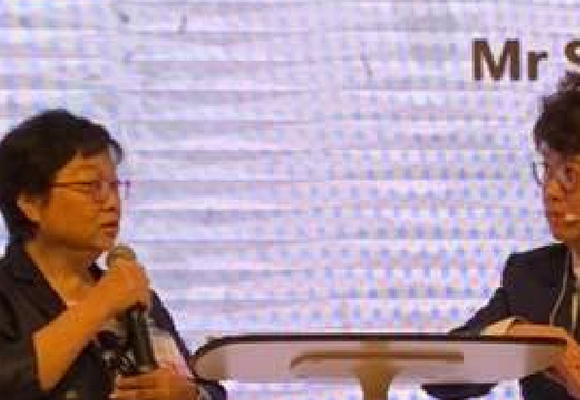Dyslexic Children Are Confronted With Unstable Binocular Fixation While Reading
Stephanie Jainta*, Zoı¨Kapoula*IRIS laboratory CNRS – Assistance Publique Hoˆpitaux de Paris, Paris, FranceAbstractReading requires three-dimensional motor control: saccades bring the eyes from left to right, fixating word after word; andoblique saccades bring the eyes to the next line of the text. The angle of vergence of the two optic axes should be adjustedto the depth of the book or screen and – most importantly – should be maintained in a sustained manner during saccadesand fixations. Maintenance of vergence is important as it is a prerequisite for a single clear image of each word to beprojected onto the fovea of the eyes. Deficits in the binocular control of saccades and of vergence in dyslexics have beenreported previously but only for tasks using single targets. This study examines saccades and vergence control during realtext reading. Thirteen dyslexic and seven non-dyslexic children read the French text ‘‘L’Allouette’’ in two viewing distances(40 cm vs. 100 cm), while binocular eye movements were measured with the Chronos Eye-tracking system. We found thatthe binocular yoking of reading saccades was poor in dyslexic children (relative to non-dyslexics) resulting in vergenceerrors; their disconjugate drift during fixations was not correlated with the disconjugacy during their saccades, causingconsiderable variability of vergence angle from fixation to fixation. Due to such poor oculomotor adjustments duringreading, the overall fixation disparity was larger for dyslexic children, putting larger demand on their sensory fusionprocesses. Moreover, for dyslexics the standard deviation of fixation disparity was larger particularly when reading at neardistance. We conclude that besides documented phoneme processing disorders, visual/ocular motor imperfections mayexist in dyslexics that lead to fixation instability and thus, to instability of the letters or words during reading; such instabilitymay perturb fusional processes and might – in part – complicate letter/word identification.Citation: Jainta S, Kapoula Z (2011) Dyslexic Children Are Confronted with Unstable Binocular Fixation while Reading. PLoS ONE 6(4): e18694. doi:10.1371/journal.pone.0018694Editor: Joel M. Miller, Smith-Kettlewell Eye Research Institute, United States of AmericaReceived December 14, 2010; Accepted March 8, 2011; Published April 6, 2011Copyright: 2011 Jainta, Kapoula. This is an open-access article distributed under the terms of the Creative Commons Attribution License, which permitsunrestricted use, distribution, and reproduction in any medium, provided the original author and source are credited.Funding: This research was supported by the Deutsche Forschungsgemeinschaft (DFG Ja 1921/1-1). The funders had no rule in study design, data collection andanalysis, decision to publish, or preparation of the manuscript.Competing Interests: The authors have declared that no competing intersts exist.* E-mail: [email protected] (SJ); [email protected] (ZK)


